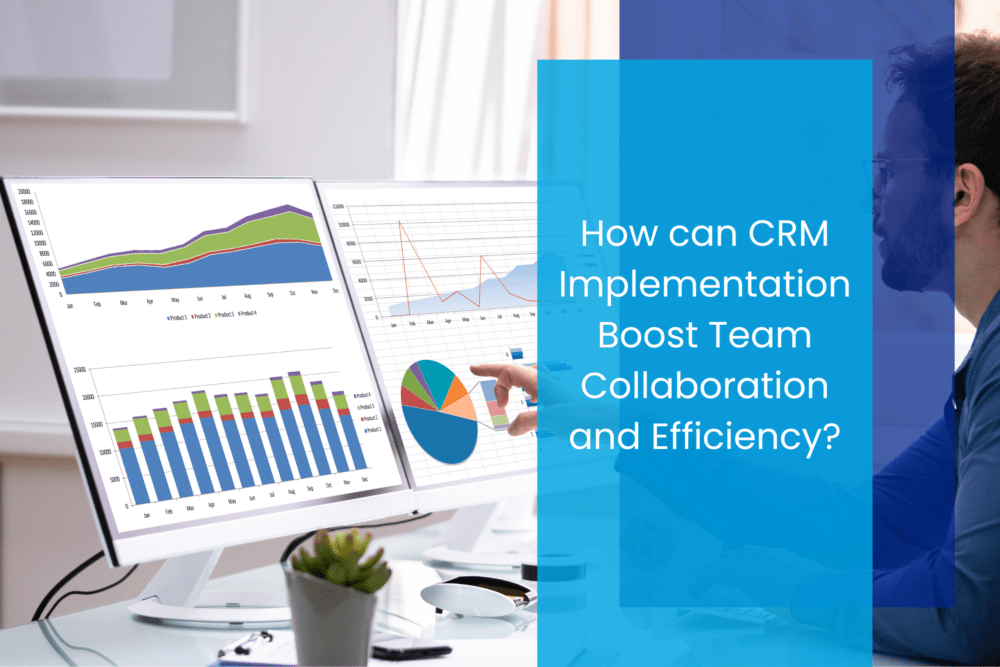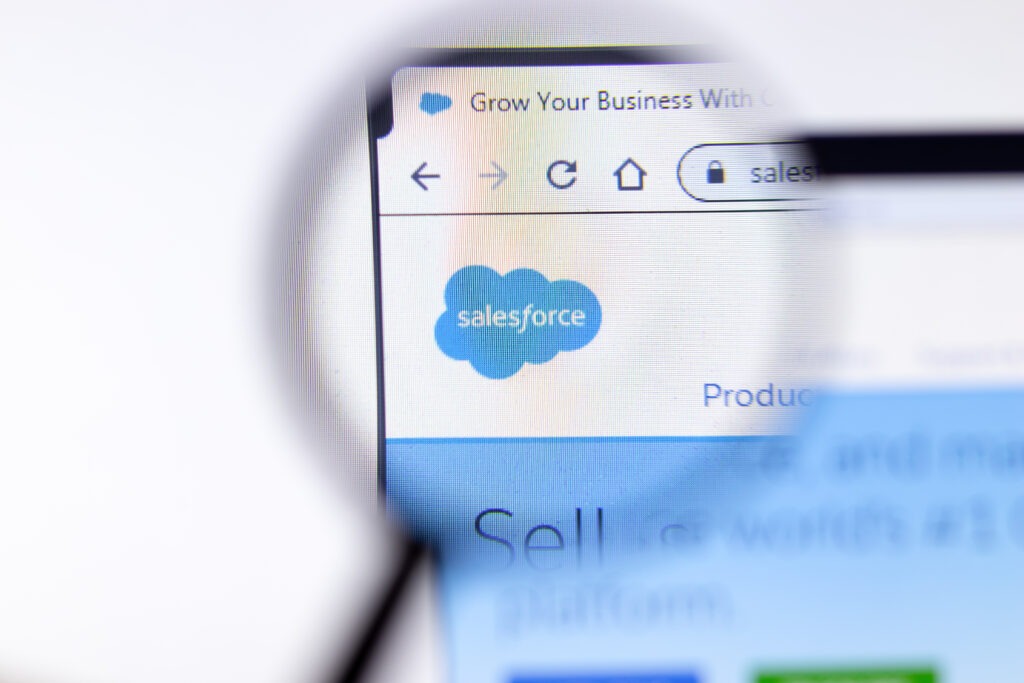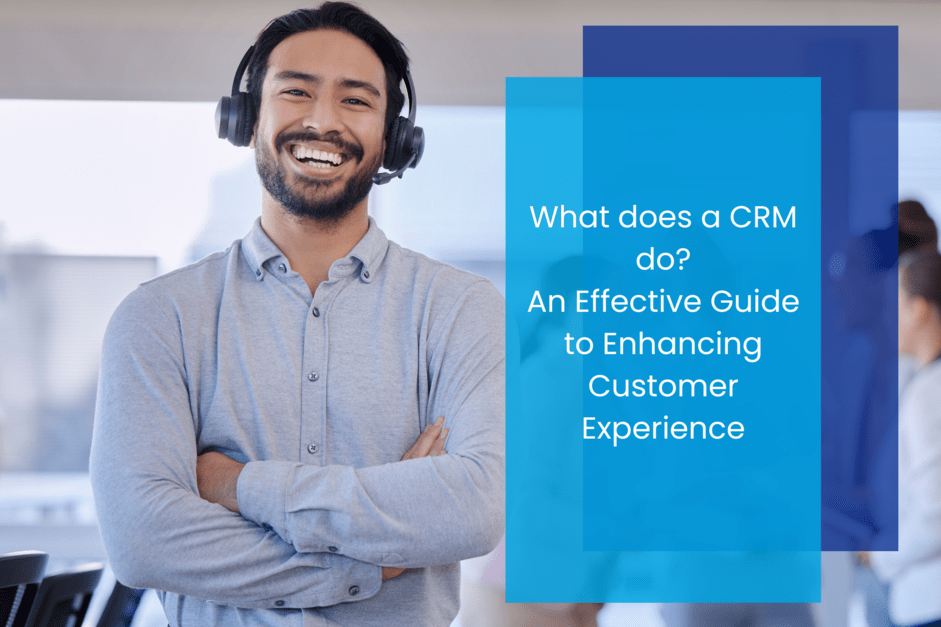A well-implemented CRM serves as a central focal point for teamwork that enables collaboration, communication, and coordination among team members. It’s a platform that offers automation and workflows to streamline repetitive tasks and is a place that can boost sales and the customer experience all at once. Let’s examine how this incredible software enables teams to achieve success.
Fostering Teamwork
With a successful CRM implementation, users can easily collaborate on sales opportunities when they share insights and resources. This coordinated effort in selling helps team members leverage each other’s strengths and close deals more efficiently and effectively. When customer data is stored in a central hub, it’s easily shared, updates are made in real-time, and everyone is on the same page. Visibility into reports and other elements, such as communication history, helps teams hold each other accountable and facilitates teamwork. Synchronized data and shared interactions from various departments provide a 360-degree view of the company and its goals, thereby paving the way to successful outcomes.

Reducing Workload
Customized workflows within a CRM allow processes to fit specific needs, which promotes streamlined operations, automated tasks that are repetitive, and consistency across the board. This all contributes to a smaller workload. Teams have visibility into everyone’s activities and progress, and this transparency leaves everyone accountable for their actions, thereby improving teamwork. In a time when automation has become almost mandatory, automating certain steps will speed up processes and allow team members to focus on more important tasks. Employees are more productive when certain tasks are automated and when they have faster access to information, which is what CRM implementation can offer.
Shared Databases
A powerful CRM tool such as Salesforce can serve as a centralized database for company information like customer profiles, interactions with customers, history of purchases, and more. All users have access to the same real-time information, thereby ensuring they’re all on the same page and eliminating any confusion.
Task Management
CRMs feature task management capabilities, allowing users to assign tasks to each other with deadlines and progress tracking. This ensures that all involved know what needs to be done and by when, which boosts accountability and efficient processes.
Real-Time Communication
Throughout the CRM, users can easily communicate with each other by leaving comments, notes, and updates related to specific outcomes and customers, thereby fostering collaboration and keeping everyone in the loop. Streamlined communication can inspire teams to collaborate more efficiently and promotes a sense of community.

Reporting, Data Analysis, and Insights
Analytics tools resulting from CRM implementation help users to track performance, identify trends and patterns, and make better, more data-driven decisions. Teams can better serve customers by targeting their efforts and optimizing their strategies. Without debriefs, teamwork is next to impossible. Robust reporting capabilities within a CRM are a big part of fostering teamwork and improving efficiency. Visibility into shared insights and promoting data transparency fosters a culture of collaboration that drives improved performance and customer experiences. Through reporting, inefficiencies are easily spotted and can be addressed together, too. Tracking progress in shared objectives helps to align efforts and see how everyone’s contributions are being implemented.
When executed properly, CRM implementation can significantly improve team collaboration within an organization. With data transparency, various teams are all on the same page, while sharing insights derived from reports allows for identifying opportunities, patterns, and trends that can then be expanded upon. A reduction in workload can boost morale and allow teams to focus on important goals, while real-time communication saves time and increases efficiency.

A Prime Example
A carbon-credit startup whose original CRM was Click-Up—a task management platform. Click-Up didn’t meet any requirements that the company needed from a sales perspective. They required a customer management system so they could have contacts, accounts, opportunities—and notes associated with those. Click-Up is a platform that works to monitor tasks and is not a repository for customer and sales data. It doesn’t give you the forecasting ability of a CRM, nor the ability to do trending, or give users the story behind anything. A CRM such as Salesforce allows users to see into deals and opportunities and gives you information such as who participated and who was responsible for each step. It answers questions such as, “How did we get here?”
The startup began to demonstrate that their sales were a lot more effective and really began to communicate with each other. They started to understand why they failed at certain opportunities and take lessons from those they won. They were also able to bring in other departments, such as marketing, which was not something they were able to do with Click-Up. Their velocity in bringing in more deals blew up, because marketing and sales were in step, in the same system. Their end-to-end reporting capability exposed their marketing funnel, and allowed them to see into each other’s progress, tracking, and conversions.
Collaboration between teams on a singular platform with one source of truth became the force behind their success.
Want to learn more about how your teams can benefit from CRM implementation? Contact us below, and we’ll walk you through it.











